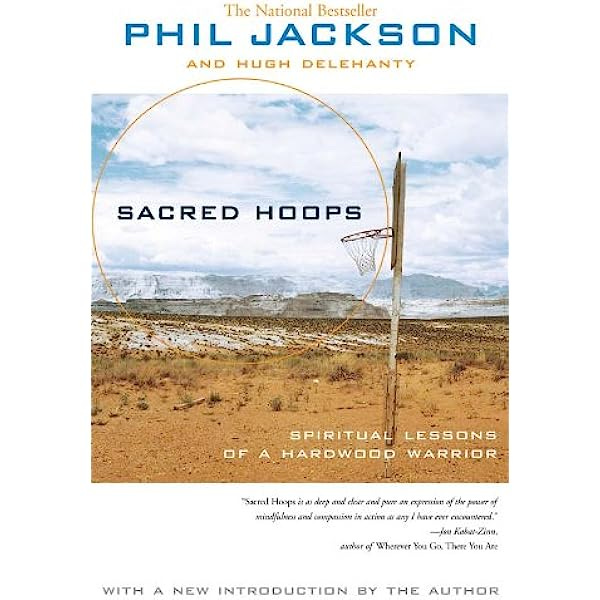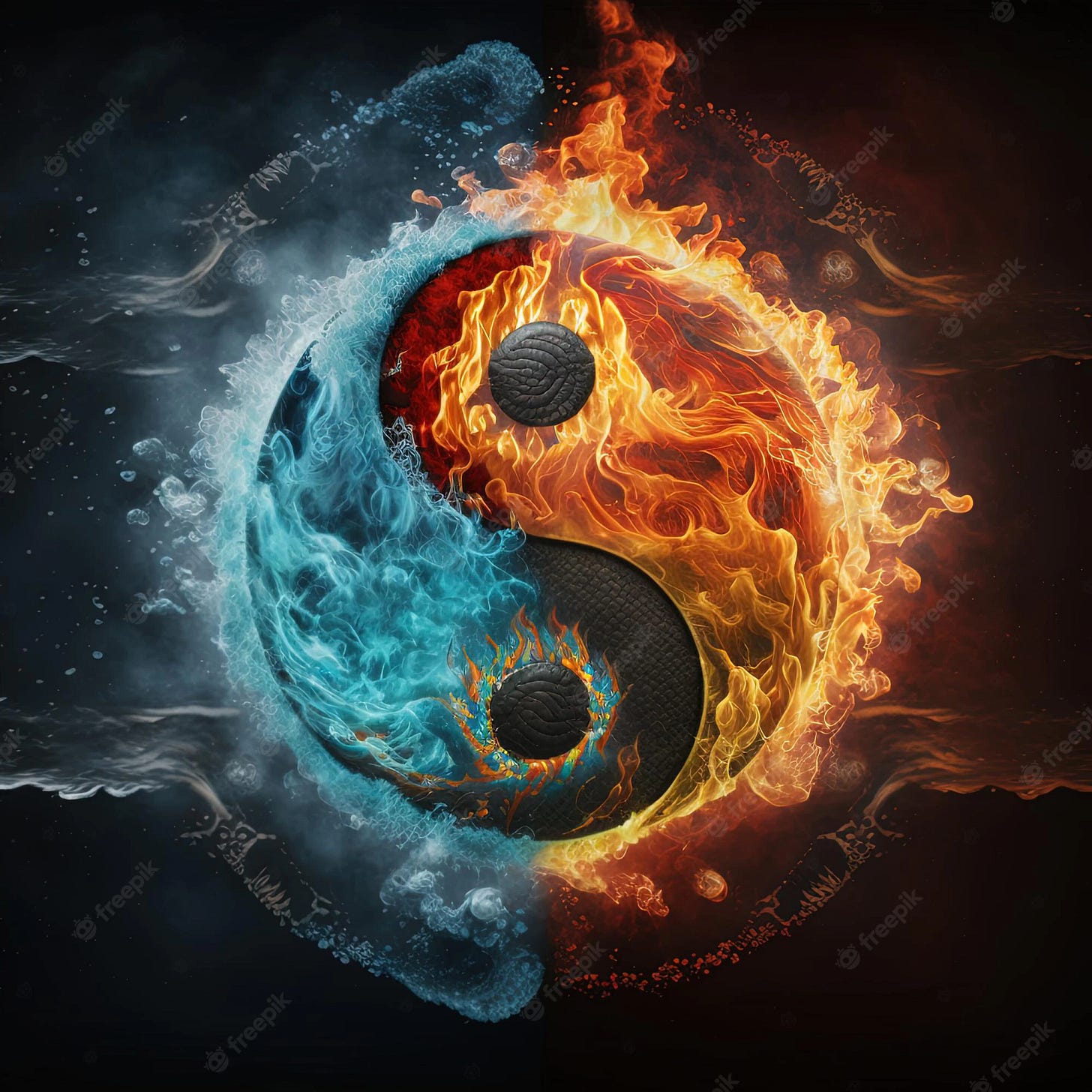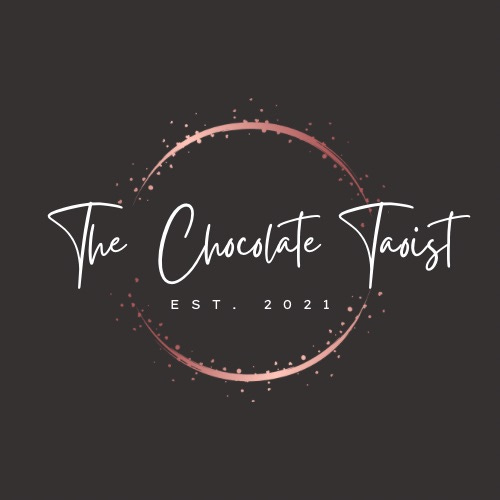“How did you discover Taoism?” she asked as we were enjoying mid-morning lattes at a local Denver coffeehouse. “And by the way, what is Taoism? I’ve heard of it in passing but am not sure of what it really is.”
It seems like I’m being asked these sorts of questions with greater frequency these days. My sense is that many people amid the increasing madness of our times are increasingly searching for a grounding point, an inner resilience to help them navigate whatever is swirling around in their lives.
Back in 1998 while living in the Chicago area, I was seeking that very same thing. It was then that I was first introduced to a book entitled Sacred Hoops: Spiritual Lessons of a Hardwood Warrior. Written by retired NBA Hall of Fame coach Phil Jackson, the book takes the reader into the deep recesses of his life where he shares his journey in melding together his two greatest passions, basketball and spirituality.
Jackson often credits his spiritual grounding in Zen Buddhism and Eastern Philosophy as pivotal to his successful coaching run with the Chicago Bulls and L.A. Lakers, where he achieved the league record for NBA championships. He also has the distinction of being the fastest coach in NBA history to reach 900 wins.
Having read it multiple times, it’s become abundantly clear to me over the years that my Taoist roots can be attributed to the early influence of this book.
In an excerpt from chapter 3 which felt like a whack across my head, Jackson shared some thoughts about his early efforts to create an amalgamation of spiritual beliefs involving Christianity and Buddhism. In a passage that became an accelerant to my own exploration, he writes:
“What pollutes the mind in the Buddhist view is our desire to get life to conform to our peculiar notion of how things should be, as opposed to how they really are. In the course of everyday life, we spend the majority of our time immersed in self-centered thoughts. Why did this happen to me? What would make me feel better? If only I could make more money, win her heart, make my boss appreciate me. The thoughts themselves are not the problem; it’s our desperate clinging to them and our resistance to what’s actually happening that causes us so much anguish.”
This excerpt from the book fueled my curiosity, sending me down a rabbit hole of exploration about Phil’s spiritual transformation. Along the way I discovered that he, too, had endured a strict religious upbringing — his Pentecostal, mine Catholic.
What I have grown to love about Phil is his refreshingly candid, no holds barred nature. I find him very refreshing in his openness, and relatable to what I am encountering as a man
It goes without saying that the inner guidepost he developed for his life sparked my decision to head down my own rabbit hole of spiritual discovery. This is how I eventually stumbled across Taoism.
Taoism is in my view not a religion and not just a philosophy. The intent isn’t to become a troglodyte — someone living in a cave or a hermit. Rather, it’s a mirror reflection of one’s own lived experience along what we Taoists call “The Way.”
Tao (pronounced Dao) is the fundamental, underlying concept with respect to Taoist philosophy. With origins from ancient China, the word ‘Tao’ 道 (or Dao) literally translates as a “path,” principle” or "way" — one that aligns with the natural rhythm and cadence of everyday nature. It is the essence of what it means to live in harmony with life and the larger Universal cosmos.
Like two sides of the same coin, Tao encompasses two complementary and interconnected forces known as “Yin” and “Yang.” Taoists believe that these two complementary forces work in concert to foster harmony and balance in the universe. Given this, the aim of Taoist adepts is to align oneself with the natural harmony and balance that the Tao offers us.
In Taoism, the aim for each person is to row with the current of life (flow with it) versus against the current, which requires force. As the story goes, when we align ourselves with the natural rhythms that are baked into our daily existence, what we experience and manifest in life begins to flow to us effortlessly.
Running counter to the often rigid nature of religious dogmatism, Taoism is the essence of simply letting go of whatever we are egotistically attached to, controlling what we can control in the moment, and allowing life to naturally unfold in its perfect order.
Unlike religion, I have witnessed over the course of my life how Taoism seems to naturally align with my often mysterious and paradoxical existential journey. It has helped me realize that since my life is only a tiny morsel of sand in the vast desert of life, human existence only makes sense when I am in harmony with nature’s broader expanse.
One of the things that I have become acutely aware of during my time on this Earth plane is how rigidly polarized humanity has become. Our world has become one of polarities and distinctions that often serve to divide us: black or white; wealthy or poor; conservative or liberal; gay or straight; christian or atheist …..the list goes on and on.
On the other hand Taoism reflects a unity of opposites, what I affectionately refer to as an “AND” versus an “OR” mindset. This is evident in the well known Taoist symbol, the circle of yin and yang, which reflects the synergistic alignment of what we may perceive as otherwise opposing forces in the universe — light and dark, male and female, hot and cold.
The foundational text of Taoism is known as the “Tao Te Ching.” It is believed to have been written around the 6th century BC by Lao Tzu, an older contemporary of Confucius. A widely translated collection of aphoristic wisdom captured in 81 chapters, it explores lived experience themes like self-cultivation, leadership, modesty, and how to align oneself with the natural order of life. It offers the reader an opportunity to focus their thoughts, energy and attention inward as opposed to the outer world of attachments and entrapments.
I happen to be a fan of Stephen Mitchell’s translation of the Tao Te Ching, finding it to be the most accessible to the average, everyday reader. One of the most translated books in history, it unpacks a lot of relevant wisdom to apply to one’s lived experience.
The Tao Te Ching is divided up into eighty-one sections. Verses 1-37 are referred to as “The Tao” section because verse one begins with the word “Tao.” The remaining verses 38-81 form what is called the “Te” (produced “duh” ) section. Ching was then added to the title, a word that means “Ancient Text or Classic.”
In its basic essence, the Tao Te Ching shows you “The Way,” by offering timeless wisdom on how to rhythmically flow with life. This is akin to instructions on how an exquisitely well-trained oarsman in a boat is able to navigate a river or sea.
According to The Tao, one’s aim in life is ultimately to ensure that your inner self (what I refer to as the inner game) is in alignment with the natural order of the universe (or outer game) so that you can live a truly authentic and rich life. Reducing the inner turbulence of life allows one to fall into a state that world-class athletes affectionately describe as being “in the zone” —fully at one with life in a divinely orchestrated state of flow and concentration.
What I have discovered over my now 60- plus years of life is that we are taken along a mysterious and uncertain trek, a fragile ride where none of us seems to know what tomorrow is going to hold. It’s here where I seek to provide encouragement to you in building a foundation of “inner resilience,” allowing you a life of greater personal expansion, connection, and freedom.
“A good traveler has no fixed plans, and is not intent on arriving.” — Lao Tzu
Having aimlessly wandered the roads of life, my greatest hope is that you, like me, will find a profound sense of perspective in the Taoist-inspired mystery as it speaks to the unfolding of your highest desires. As my Taoist mentor Casey Kotchmer once shared with me in one of our many sessions over the years by phone…
…..“I’m not here for you to trust me; I’m here to help you trust yourself.”
As Francis-Pring Mill notes in his book “In Harmony With The Tao”………
“When we live in harmony with the Tao, we empty ourselves of our own desires and the need to satisfy them. As a result we do not try to impose our will. In fact, we do not try to do anything. The point isn’t to achieve what we typically spend so much time striving for, that is, material possessions, security and the esteem of others. The point is to live in harmony with the world around us. Peace and serenity follow; they are not goals to be strived for”







